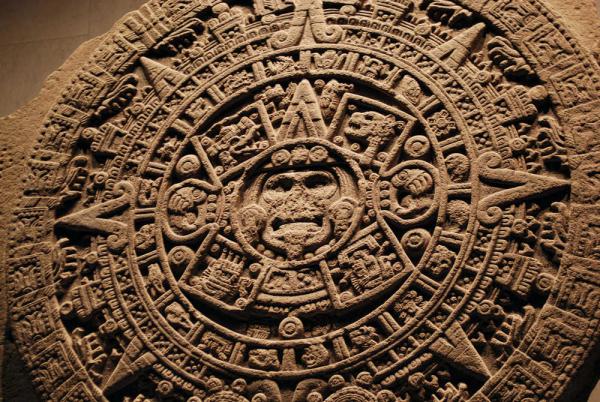Imagine being transported back in time to the ancient civilization of the Maya, a mysterious and awe-inspiring society that inhabited present-day Mexico and Central America. As you step into their world, one thing captivates your attention: their remarkably accurate and complex calendar system. In this article, we will unravel the enigmatic Maya calendar, exploring its fascinating intricacies and discovering the profound astrological knowledge embedded within its calculations. Brace yourself for a journey of unraveling secrets, decoding ancient wisdom, and gaining a deeper understanding of the remarkable Maya civilization.
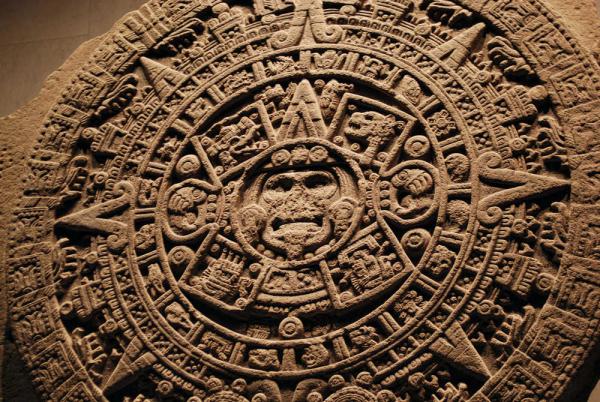
The Origins of the Maya Calendar
The Ancient Maya Civilization
The Maya civilization, known for their remarkable achievements in art, architecture, and mathematics, thrived in Mesoamerica for thousands of years. This advanced civilization, which inhabited present-day Mexico and Central America, left a rich legacy, including their intricate calendar system. The Maya calendar, an integral part of their culture, played a crucial role in their daily lives, religious rituals, and even predicting celestial events.
Importance of Timekeeping in Maya Culture
For the ancient Maya people, timekeeping was essential. They believed that time was cyclical and that events would repeat in a predictable pattern. The Maya used their calendar system to track the passage of time, determine auspicious dates for ceremonies and rituals, and even make predictions about the future. The calendar system was deeply ingrained in their society and had significant cultural and religious importance.
Development of the Maya Calendar System
The Maya calendar system evolved over centuries, with various components that worked together to create a complex and accurate way of measuring time. The ancient Maya astronomers and mathematicians meticulously observed celestial bodies to develop their calendar system. They made precise calculations based on the movements of the sun, moon, planets, and stars, and incorporated these astronomical observations into their calendars.
Understanding the Maya Calendar System
Counting Time: The Long Count
At the heart of the Maya calendar system is the Long Count, a system that measures the passage of time in cycles. The Long Count consists of five different units of time: k’in (day), winal (20 k’ins), tun (18 winals), k’atun (20 tuns), and b’ak’tun (20 k’atuns). The completion of a b’ak’tun, which took approximately 394 years, marked a significant event in Maya culture and was often associated with the end of an era or the beginning of a new one.
Tzolkin: The Sacred Calendar
The Tzolkin, also known as the Sacred Calendar or the Divine Calendar, is another essential component of the Maya calendar system. This calendar consists of 260 days and is created by combining two smaller cycles, one consisting of 13 numbered days and the other of 20 named days. The Tzolkin was considered sacred and used for divination purposes, reflecting the Maya’s spiritual beliefs and their connection to the celestial realm.
Haab: The Solar Calendar
Alongside the Tzolkin, the Maya also used the Haab, a solar calendar consisting of 365 days. The Haab was based on the solar year and divided into 18 months, each with 20 days. The remaining five days, known as “Wayeb,” were considered a time of transition and were deemed unlucky. The Haab provided a way for the Maya to align their calendar with the agricultural cycle, as well as track the seasons and the movement of the sun.
Interpretation of Calendar Divisions
The Maya calendar system allowed for different combinations of the Long Count, Tzolkin, and Haab, providing a comprehensive way to denote dates and interpret their significance. The Maya believed that specific combinations of these components were associated with certain energies, deities, and events. Priests and astronomers played a vital role in interpreting these calendar divisions, allowing the Maya to plan their activities, predict celestial events, and understand the world around them.
Decoding the Maya Astrological Knowledge
Maya Astrology Basics
Maya astrology was deeply intertwined with their calendar system and their belief system. The Maya believed that celestial bodies influenced human lives and that specific days were associated with different energies and characteristics. Maya astrology aimed to understand and harness these influences to guide individuals in various aspects of life, including health, love, and career.
The Role of the Planets and Stars
The planets and stars held great significance in Maya astrology. The Maya observed the movements of celestial bodies and believed that each planet had its own unique energy and influence on human affairs. They associated gods and goddesses with specific planets, such as Venus and the god Kukulkan. The Maya also studied the constellations and their alignments to make predictions and interpret omens.
Astrological Significance in Rituals and Ceremonies
Astrology played a crucial role in Maya rituals and ceremonies. The Maya would consult astrology to determine the most auspicious dates to initiate important events, such as building temples, conducting sacrifices, or starting wars. They believed that aligning their actions with the celestial energies would ensure favorable outcomes and bring prosperity to their communities.
The Astronomical Basis of the Maya Calendar
The Importance of Celestial Bodies
The ancient Maya had a deep reverence for celestial bodies and considered them powerful forces in their lives. They believed that the movements of the sun, moon, planets, and stars directly influenced earthly events. The Maya saw astronomical observations as a way to communicate with the divine and gain insights into the spiritual realm.
Maya Observatories: Tracking the Stars
To study the celestial bodies, the Maya built impressive observatories that allowed them to observe the movements of the sun, moon, and stars with great precision. These observatories, constructed with remarkable architectural and mathematical skills, showcased the Maya’s advanced understanding of astronomy. The knowledge gained from observing and recording celestial events helped refine their calendar system and deepen their astrological knowledge.
Alignments and Predictions with Celestial Events
The Maya believed that specific alignments and conjunctions of celestial bodies had profound meanings and could be used to make predictions. They carefully recorded these alignments and used them to anticipate celestial events, such as eclipses or the appearance of comets. Deciphering the significance of these events allowed the Maya to make prophecies, plan important rituals, and understand the larger cosmic order.
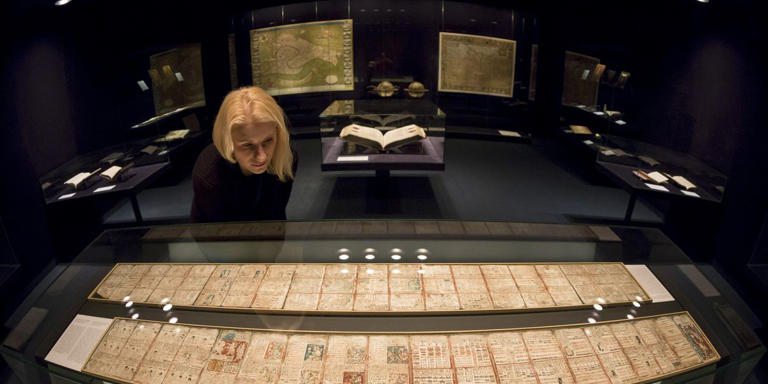
The End of a Cycle: 2012 and the Maya Prophecies
Misinterpretations of the Maya Prophecies
The Maya calendar gained significant attention in the modern world due to misinterpretations of their prophecies related to the end of the Long Count cycle in 2012. Some mistakenly believed that the Maya predicted the end of the world, leading to sensationalized theories and concerns. However, scholars have since clarified that the Maya saw the end of a cycle as a time of transition, not an apocalyptic event.
Understanding the 2012 Phenomenon
The 2012 phenomenon brought global attention to the Maya calendar and sparked interest in their ancient wisdom. It prompted a renewed curiosity about their knowledge of astronomy, mathematics, and spirituality. Scholars and experts seized the opportunity to educate the public about the true significance of the Maya calendar and dispel misconceptions.
Legacy of the Maya Calendar Today
Although the Maya civilization eventually declined, their calendar system and astrological knowledge continue to captivate the world. Today, the Maya calendar serves as a testament to their ingenuity and reflects their deep understanding of the natural world. The Maya’s remarkable achievements in timekeeping and astrology have left a lasting legacy, influencing contemporary notions of time, spirituality, and cultural heritage.
Decoding the Glyphs: Reading Maya Hieroglyphics
The Complex Language of Maya Hieroglyphics
Maya hieroglyphics, a system of writing developed by the Maya, provide invaluable insights into their culture, history, and beliefs. The hieroglyphic glyphs, intricate symbols representing sounds, concepts, and objects, were carved into stone monuments, painted on ceramics, and often accompanied by exquisite artwork. The deciphering of these glyphs has been a monumental task, requiring years of scholarship and collaboration.
Deciphering Calendar Dates from Glyphs
One of the main purposes of Maya hieroglyphics was to record historical events and dates, including those related to the calendar. Through meticulous analysis and comparison, researchers have been able to decipher many of the calendar-related glyphs, allowing us to understand how the Maya used their calendar system on a day-to-day basis. These deciphered calendar dates provide valuable insights into the rituals, ceremonies, and historical events of the ancient Maya.
Insights from Recent Discoveries and Breakthroughs
Recent discoveries and breakthroughs in Maya glyph decipherment have provided exciting new perspectives on the Maya calendar. Scholars now have a greater understanding of specific calendar dates, astrological symbolism, and the interconnectedness of various celestial events. These ongoing research efforts continue to deepen our knowledge of the Maya civilization and their sophisticated understanding of time and the cosmos.
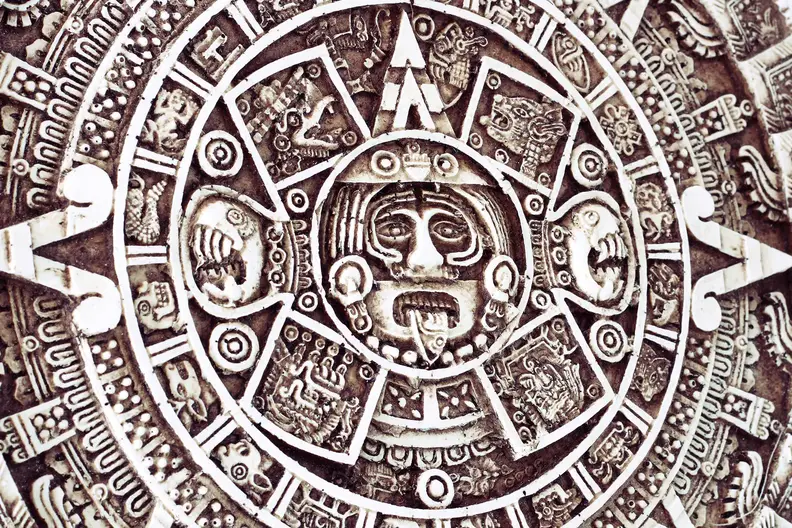
Continued Research and Interpretation
Ongoing Excavations and Archaeological Findings
Archaeologists and researchers continue to conduct excavations and discover new sites related to the Maya civilization. These ongoing efforts have unearthed invaluable artifacts, inscriptions, and calendar-related objects, shedding new light on the Maya calendar system. Each discovery contributes to our ever-growing understanding of their culture, history, and astronomical knowledge.
Modern Scholars and Their Contributions
Contemporary scholars from various academic disciplines are dedicated to decoding the Maya calendar and unraveling its mysteries. Their contributions through interdisciplinary research, collaborations, and cutting-edge technologies have significantly advanced our understanding of the Maya civilization. These scholars play a pivotal role in preserving and disseminating knowledge about the Maya calendar, ensuring its legacy for future generations.
Contemporary Applications of Mayan Astrology
Mayan astrology continues to find relevance in the modern world. With its focus on understanding the energetic influences of celestial bodies, Mayan astrology offers individuals a unique perspective on personal growth and the pursuit of well-being. Many people today find inspiration in the Maya astrological system, incorporating it into their spiritual practices and seeking guidance from its ancient wisdom.
The Maya Calendar and Cultural Heritage
Preservation Efforts and Importance
Preserving the Maya calendar and its associated knowledge is crucial for safeguarding the cultural heritage of the Maya civilization. Efforts are underway to protect and document Maya sites, artifacts, and inscriptions, ensuring that future generations can learn from these invaluable resources. Preserving the Maya calendar is not only honoring the achievements of the ancient Maya but also preserving a global cultural treasure.
Reviving Ancient Practices and Festivals
Maya communities in Mexico and Central America continue to celebrate traditional practices and festivals tied to the calendar. These vibrant and colorful events showcase the resilience of the Maya culture and provide insight into the ancient traditions and beliefs. Reviving and maintaining these practices contribute to the preservation of the Maya calendar and its associated rituals.
Impact of Maya Calendar on Modern Culture
The Maya calendar has left an indelible mark on modern culture, transcending its historical significance. It has influenced various fields, including art, literature, film, and design. The intricate symbolism of the Maya calendar and its connection to celestial events continue to captivate imaginations and inspire creative interpretations. The Maya calendar serves as a bridge between ancient wisdom, contemporary culture, and the universal quest for understanding the passage of time.
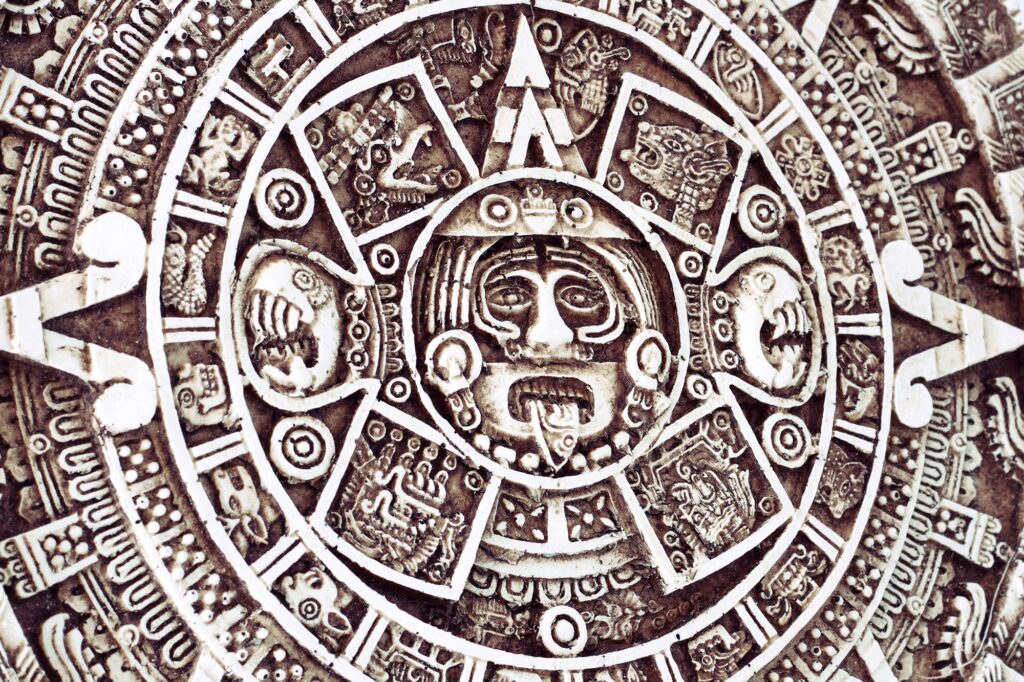
Challenges and Controversies in Maya Calendar Studies
Debates on the Accurate Maya Calendar Calculation
Scholars and researchers have engaged in debates and discussions regarding the accurate calculation and interpretation of the Maya calendar. Discrepancies and uncertainties arise from the complexities of deciphering the hieroglyphics, limited historical records, and differing scholarly perspectives. These ongoing debates contribute to a deeper understanding of the intricacies and complexities of the Maya calendar system.
Critiques of Astrological Interpretations
As with any astrological system, the interpretations and predictions derived from Mayan astrology are subject to critique and skepticism. Some argue that the correlations between celestial events and human affairs are not scientifically verifiable. Critics maintain that astrology is a pseudoscience and caution against assigning too much significance to astrological interpretations. These debates serve to challenge and refine our understanding of the Maya’s astrological knowledge.
Ethical Considerations in Commercialization
The Maya calendar has been commercialized and sensationalized in various ways, ranging from merchandise and tourism to misrepresentations in popular culture. These commercial endeavors can trivialize and distort the cultural and historical significance of the Maya calendar. Ethical considerations arise in balancing the dissemination of knowledge and cultural appreciation with respect for the integrity of the Maya civilization and its calendar.
Conclusion: The Enduring Legacy of the Maya Calendar
Ancient Wisdom in the Modern World
The Maya calendar system and astrological knowledge remain a testament to the ancient wisdom of the Maya civilization. The remarkable achievements of the Maya in timekeeping, astronomy, and astrology continue to inspire awe and admiration. Their dedication to understanding the cosmos and the cyclical nature of time serves as a reminder of the human quest for knowledge and our connection to the universe.
Appreciation for the Complexity of the Maya Civilization
Unraveling the secrets of the Maya calendar enables us to appreciate the sophisticated and intricate nature of the Maya civilization. Their calendar system, hieroglyphics, and astrological knowledge speak to their intellectual prowess, cultural depth, and spiritual beliefs. The Maya’s ability to record and interpret celestial events with great accuracy showcases their profound understanding of the natural world.
The Maya Calendar as a Historical and Cultural Treasure
The Maya calendar holds immense historical, cultural, and spiritual significance. It provides us with valuable insights into the lives, beliefs, and achievements of the ancient Maya people. As we continue to decode the glyphs, conduct research, and preserve their cultural heritage, we ensure that the Maya calendar will forever be recognized as a cherished historical treasure, elevating our understanding of the human capacity for knowledge and our interconnectedness with the cosmos.

